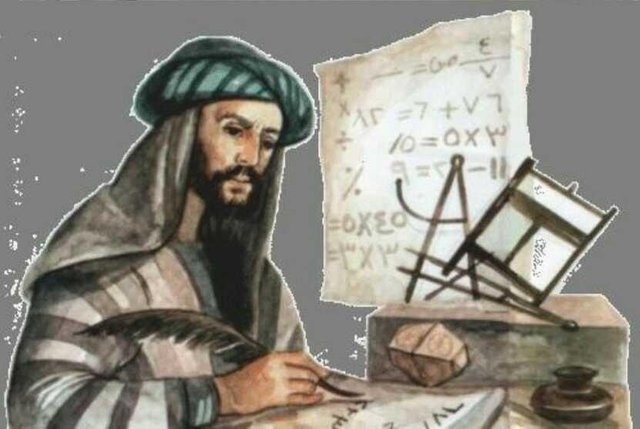In Maktab, Muslim Children are Educated in Science
Maktab is known as elementary school because many Muslim children start their education there. They get an introduction to the science of religion and the public. However, according to Arab and Islamic world expert George A Makdisi, the science taught is higher than that of today's primary school.
Students also receive strict instruction and training. Then, maktab has students and alumni who enter the ranks of intellectuals who can be relied upon. In this context, Muhammad ibn Walad, a sultan in Spain, experienced an amazing experience.
At one point, Walad had dinner with his grandson who was a maktab student. On the sidelines of the dinner, he spontaneously lectured. His grandson who sat in front of him immediately replied to the poem that he made with spontaneous as well.
Other accomplishments are attached to Muhammad ibn Dawud al-Zhahiri. He began writing a very famous book titled Kitab al-Zahra or Flower when he was a maktab student and was still very young, 15 years old. His father, Dawud ibn Ali al-Zhahiri, had read most of the work before he breathed his last.
The descendants of the Caliph al-Ma'mun named Ahmad ibn al-Zawwal completed his education in maktab at the age of 14 years. Ahmad continued his education in the field of grammar and studied at al-Jawaliq for eleven years. Until finally, he was appointed as a judge in 1139 AD.
Ahmad revealed, during the study, he has reviewed many books, either he memorized or not the title of the work, under the guidance of al-Jawaliq. Another scientist, al-Bayhaqi, is also one of the people who started his education in maktab.
When al-Bayhaqi was 15 years old and sitting in the first level of maktab, he had memorized eleven books on Arabic grammar, poetry and dictionaries on law, living things and inanimate objects. The poems he memorized include poems made by famous poets, al-Mutannabi and Abu Tamam, published in an al-Hamasah pastiche.
One year later, when al-Bayhaqi was 16 years old, his memorable books grew. He has memorized four and a half books on grammar, including those who discuss mantras. At the age of 17, he became a student of renowned scientist al-Maydani, who had corrected seven books in the study adab.
At the same time, al-Bayhaqi deepens theology or science kalam through the guidance of two experts. The last teacher he had was Qutb al-Din al-Thabasi. He lived with his teacher to study philosophy until his teacher died. At that time, he was 37 years old.
Shortly thereafter, al-Bayhaqi held a number of positions in Naisapur. In 1154 AD, he mentioned the works he had written until that year. He revealed that he has written 72 books. A number of such books were written in several volumes.
Some of al-Bayhaqi's works are the History of al-Bayhaqi which he wrote in Persian and a biography entitled Lubab al-Ansab or Selected Descendants. In addition, there are other works that are biographies of writers entitled Wisyah al-Dumya or Pita Statue.
Not infrequently, maktab this serves as a high school and college. Maktab by alumninya serve as a place to continue education by self-taught, devoted to a teacher, or live in the community around maktab. Such a move was taken by a 10th century poet named Sayduk.
After completing his studies in Basra, Iraq, Sayduk chose one of the above steps, namely living in the community around maktab. He lived with the interior Arab tribes for ten years. There, he deepened his classical Arabic knowledge.

Upvoted. Is Muslim a race or a religion?
Islam is a religion
Are the children Muslim or are they Arab?
Hi ! Where are you from ?